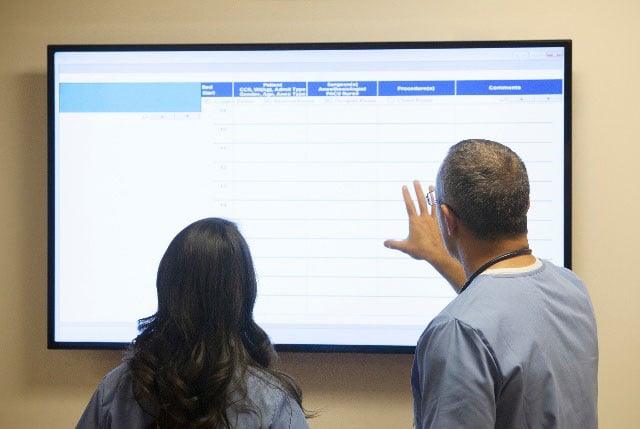Last updated June 10, 2025
Effective Operating Room Utilization
How efficiently are your operating rooms (ORs) ? More importantly, how can your reach optimal performance? Across the nation, hospitals and surgery centers continue to grappling with underutilized ORs while surgeons express frustration over limited schedule availability. This growing gap between surgeon access and OR capacity is a critical issue that impacts patient care and facility profitability.
The challenge is finding the right balance between surgeon needs for OR access and ensuring efficient use of resources. Many facilities lack the data-driven insights needed to make informed decisions for block schedule design, staffing needs, and flip room allocation. Understanding key performance metrics—and how to develop them—can empower organizations to make strategic improvements that align short-term needs with long-term goals
Where do I Start?
The most important metric that an organization can start with is the adjusted utilization rate of their OR. This is simply the total time spent performing surgery, adjusted with turnover, divided by the facilities “available capacity” for surgery. The available capacity is important to understand as it is the number of staffed rooms available during the facility’s peak hours of operation, i.e.: 7:30-15:00, 7:00-17:00, etc. The industry benchmark of 75% adjusted utilization is where most organizations find their Pareto efficiency in terms of access to productivity.
If appropriately blocked with an effective block policy that is enforced, you will find that most surgeons have adequate access with residual capacity even at 75% adjusted utilization for more cases. Most facilities reach peak operational capacity at 85% adjusted utilization, as the residual 15% unutilized time is spread over so many rooms that it is difficult to place any single case over 90 min.
While understanding adjusted utilization is important, translating that into surgical cases is difficult. The expected volume of a facility with 10 ORs is highly contingent on the average case duration and facilities hours of operation. The table below reflects the variable volume targets for a 10 room OR with a 75% utilization threshold for various case length and hours of operation.
| 75 % Utilization Threshold | Hours of Operation | |
| Case Duration Min. | 7:30 – 15:00 | 7:30 – 17:00 |
| 80 Min. | 8,930 | 11,300 |
| 120 MIn | 6,000 | 7,500 |
This is based on a Mon-Friday schedule, but you can see the variance in case capacity as it relates to case volume per OR per year ranging from 600 to 1,130 based on the different considerations of the facility. This is the minimum number of cases per OR based on the hours of operation; however, we would expect cases to be done after hours and on the weekend which would increase the total case volume per OR per year.
Setting Goals
Some organizations have a higher tolerance for underutilization in lieu of greater access for their surgeons; but they sacrifice their ability to maximize capacity which hinders organic growth. Objectively, the goal is to maximize volume per OR, per year through contraction of the OR, optimization of block allocation, and using recouped capacity as carrots to attract high volume surgeons.
This is highly beneficial in resource planning; however to maximize value, it is important to conduct this evaluation by day of week and make considerations for IP and OP volume, as well as add-ons. If you use this methodology, not only will your operating room be running at maximum efficiency and utilization, but your surgeon and staff productivity will be in line to help improve your bottom line.



